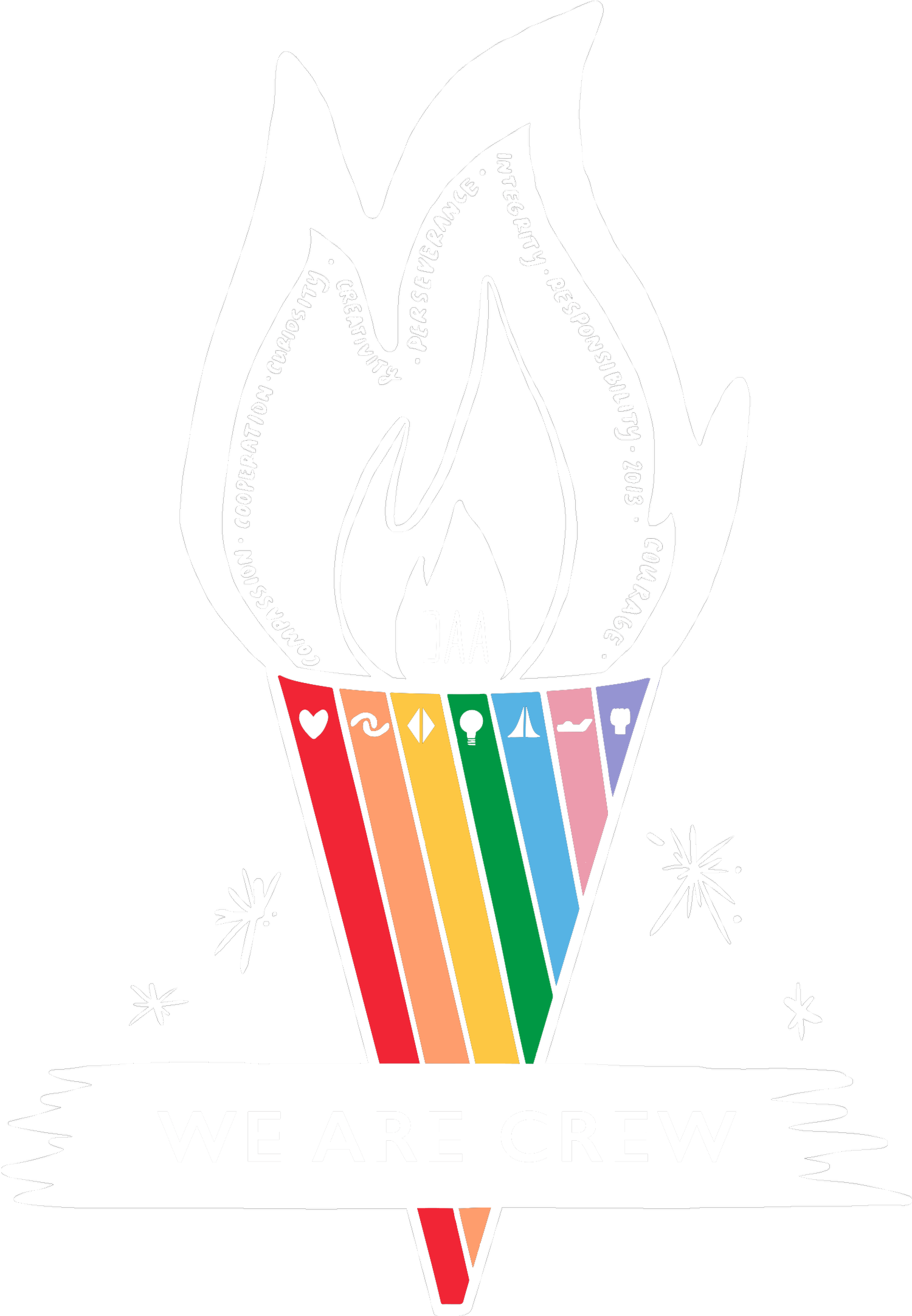Target Practice
Normal0falsefalsefalseEN-USJAX-NONE/* Style Definitions */table.MsoNormalTable{mso-style-name:"Table Normal";mso-tstyle-rowband-size:0;mso-tstyle-colband-size:0;mso-style-noshow:yes;mso-style-priority:99;mso-style-parent:"";mso-padding-alt:0in 5.4pt 0in 5.4pt;mso-para-margin-top:0in;mso-para-margin-right:0in;mso-para-margin-bottom:10.0pt;mso-para-margin-left:0in;line-height:115%;mso-pagination:widow-orphan;font-size:11.0pt;font-family:Calibri;mso-ascii-font-family:Calibri;mso-ascii-theme-font:minor-latin;mso-hansi-font-family:Calibri;mso-hansi-theme-font:minor-latin;}If students are to be in charge of their own learning, they need to understand what they are expected to know. At D.A.A. we use learning targets to help them. I start out the year by asking students what they know about targets. Some of their answers:
“It’s a bunch of circles inside each other.”
“It’s something you shoot at.”
“You try to get it in the middle.”
“It’s far away from where you are.”
A learning target is the foundation of student-engaged assessment. It is different from an objective. A target indicates something specific at which the student is aiming. It is not abstract. When students know exactly what they are learning, they can monitor their own progress. It also helps to motivate them to succeed.
We have a target in our room. When I start a lesson, I read the learning target and ask students where they think they are on the target. Students put a post-it sticker to show their prior knowledge. Of course we have had several discussions on what each area means. I have explained that if everyone puts their note in the center of the target before the lesson, there’s no need to teach that lesson. Why waste their time on something they already know? I’ve also explained that it helps to know how many students understand – or don’t understand – a learning target, and where they are in their understanding. These discussions help students to really think and evaluate what they know as individuals. This process helps them to understand what they need to do in their learning process. Those who have more prior knowledge help to explain and teach to those that have less prior knowledge.
Learning targets provide short-term success in tangible steps to accomplish abstract common core standards. Students know to “shoot for the middle” if they want to feel successful. They also know that it’s OK to be outside the target (at the beginning) or to end up close to the middle. After a lesson, students again put a note on the target to indicate their knowledge level. We discuss movement within the target. If there is little movement, I know I will need to re-teach this lesson as a whole group. If most students have moved closer to the center, I may need to re-teach some students in a small group setting.
The target serves as a piece of information. It’s not based on who knows the most or who did the best. It’s based on the progress they made toward a learning goal. This puts the focus on the process, not the final outcome. After all, the process is where the learning happens.

